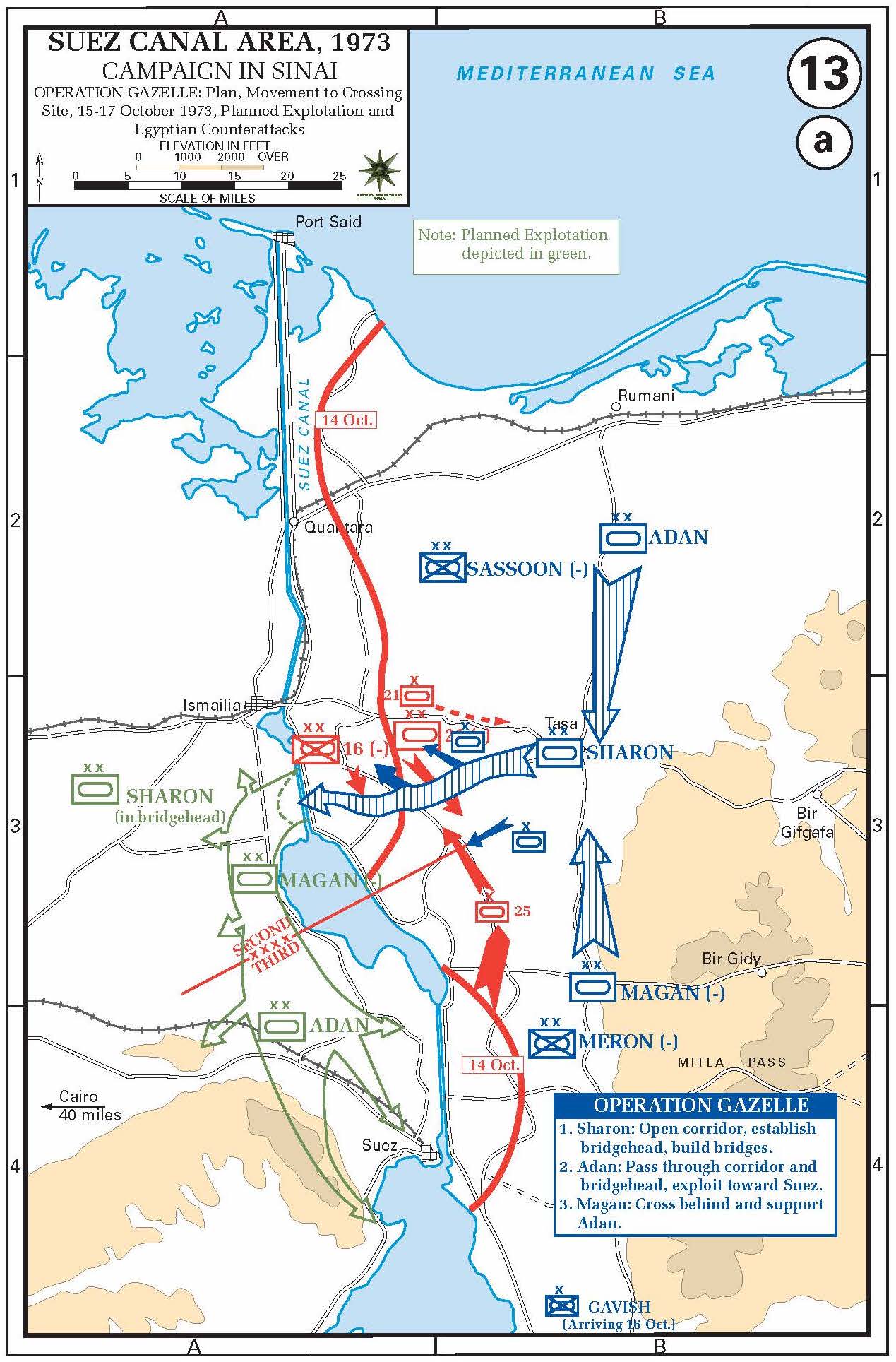The Middle East in the late 1960s was a powder keg of tension, with nations poised on the brink of explosive conflict. At the heart of this geopolitical drama was the War of Attrition, a brutal and often overlooked struggle between Egypt and Israel that would reshape the region’s future.

Strategic overview of the Suez Canal region during the conflict – Credit: Wikipedia
Following the stunning Israeli victory in the Six-Day War of 1967, Egypt found itself humiliated and determined to reclaim its lost pride. President Gamal Abdel Nasser, a charismatic leader burning with the desire for revenge, launched a calculated strategy to wear down Israeli defenses along the Suez Canal. This wasn’t just a war – it was a psychological battle of endurance!

President Nasser visiting Egyptian forces during the War of Attrition – Credit: Wikipedia
The conflict was characterized by intense artillery exchanges, aerial dogfights, and commando raids that turned the Suez Canal into a deadly battleground. Israeli forces, positioned along the Bar Lev Line, faced constant Egyptian bombardments and strategic attacks. Each side sought to break the other’s resolve through relentless military pressure.

Israeli artillery positions during the conflict – Credit: Modern War Institute
What made this war truly unique was its international dimension. The Soviet Union and the United States watched closely, transforming the regional conflict into a proxy war of the Cold War era. Soviet advisors and military personnel directly supported Egyptian forces, while American diplomatic efforts attempted to broker peace.
The human cost was staggering. Hundreds of soldiers on both sides lost their lives in brutal exchanges. Egyptian casualties were particularly high, with estimates ranging from 2,882 to 10,000 soldiers and civilians killed. Israeli forces, though numerically fewer in casualties, suffered significant psychological and strategic challenges.

Military operations map showing key conflict zones – Credit: Marine Corps University
Technological innovation played a crucial role in the conflict. Israeli fighter jets conducted daring deep-penetration bombing raids, while Egyptian forces received advanced Soviet missile systems. The skies above the Suez Canal became a testing ground for modern military tactics and equipment.
By August 1970, both sides were exhausted. A ceasefire was negotiated, but the underlying tensions remained. The war had achieved little in terms of territorial changes, yet it set the stage for future conflicts. The most significant outcome was perhaps psychological – Egypt had proven it could stand against Israeli military might.
The War of Attrition remains a critical yet often forgotten chapter in Middle Eastern history. It demonstrated the complex interplay of nationalism, military strategy, and international politics that would continue to define the region for decades to come.
References:
Institute for National Security Studies – link
Marine Corps University – link
Modern War Institute – link
Categories: Cold War, International Relations, Middle Eastern Politics, Military History, War History
Tags: Cold War, Egypt-Israel Relations, Gamal Abdel Nasser, Middle East Conflict, Military History, Suez Canal, War of Attrition
Religion: Multiple
Country of Origin: Egypt, Israel, Soviet Union, United States
Topic: Military History
Ethnicity: Multiple

